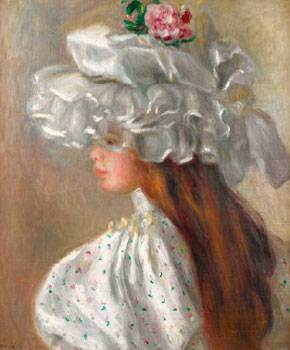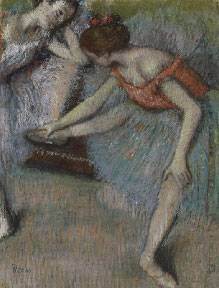
FRANK STELLA, American, born 1936, Damascus Gate (Stretch Variation III), 1970, Alkyd on canvas, 600 x 120 x 4 inches, The Museum of Fine Arts, Houston, gift of Alice Pratt Brown, 2009.1171. © 2009 Frank Stella / Artists Rights Society (ARS), New York.
MFAH Acquires Frank Stella’s ‘Damascus Gate’
Frank Stella´s monumental Damascus Gate (Stretch Variation III), 1970, has been acquired by the Museum of Fine Arts, Houston, through the generosity of the Alice Pratt Brown Museum Fund. Currently on view in the Caroline Wiess Law building of the MFAH, this rarely seen masterpiece highlights a decisive moment in the artist´s ongoing project to test the limits of painting
]]>
“I began my career in Houston in 1982 with the temporary murals commissioned for the Stella by Starlight gala,” states Dr. Peter C. Marzio, director of the MFAH. “Seeing Stella´s work cradled by Ludwig Mies van der Rohe´s architecture once again is truly a revelation as the shaped canvas complements the curved expanse of Mies´s walls brilliantly. This major gift allows the museum to restate our commitment to the artist, and further prompts us to reconsider the larger history of abstract art in America.”
“Stella created Damascus Gate (Stretch Variation III) when he was the focus of a major survey exhibition at the Museum of Modern Art,” adds Alison de Lima Greene, curator of contemporary art and special projects. “The final statement of his Protractor series (1967-70), and among his largest canvases, it demonstrates Stella´s complete confidence in addressing the sources of modern art, from Islamic decoration to Henri Matisse to the innovations of Minimalism and Color Field painting. Its radiant ´fans´ dance across the surface, while the black borders and curved frame punch into our viewing space.”
The Protractor Series
Already celebrated for his reductive compositions and shaped canvases, Frank Stella launched into the Protractor series in 1967. Always ready to explore new sources outside of the Western canon, Stella limited the series to three patterns of decoration found in Islamic art: interlaces, rainbows, and fans. At the same time, he reduced these patterns to their essential, boldest forms, increasing the scale of his paintings so that they assume the physical proportions of architecture.
Damascus Gate (Stretch Variation III), 1970, measuring fifty feet across, is the vibrant culmination of this series. The title is taken from Jerusalem´s 16th-century Damascus Gate, although the composition more specifically echoes the polychrome rhythms of such edifices as Cordoba´s Great Mosque and Henri Matisse´s murals for The Barnes Foundation. As Stella explained to William S. Rubin for his 1970 Museum of Modern Art catalogue:
My main interest has been to make what is called decorative painting truly viable in unequivocal abstract terms. Decorative, that is, in a good sense, in the sense that it is applied to Matisse. . . . Maybe this is beyond abstract painting. I don´t know, but that´s where I´d like my painting to go. Anyway, it seems to me that at their best, my recent paintings are so strongly involved with pictorial problems and pictorial concerns that they´re not conventionally decorative in any way.
Writing in 1970, Philip Leider heralded Stella´s breakthrough compositions: “[The late Protractor paintings] have an expansiveness of decorative grandeur which bursts upon us like the interior of the Guggenheim Museum, triumphs of sheer confidence. In pictures like these, the identity we all share in Stella´s art as our art, the art of our time, is deepened, broadened, and made, of all things, joyous.”
Follow us on:


